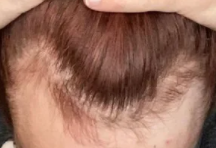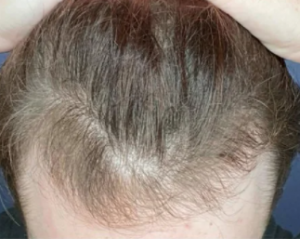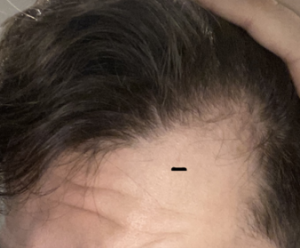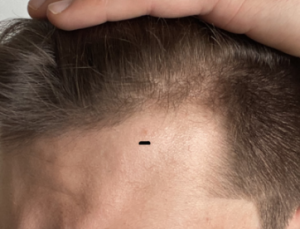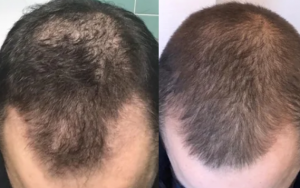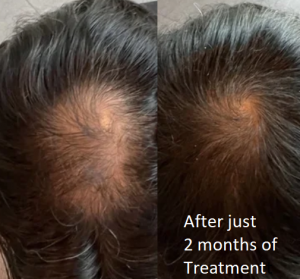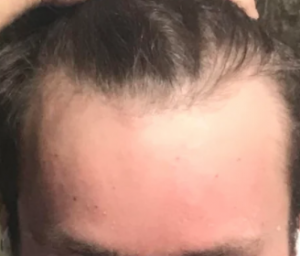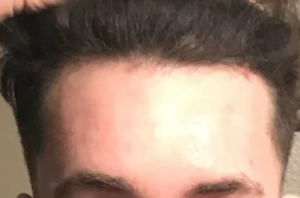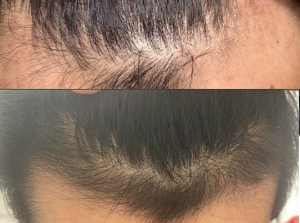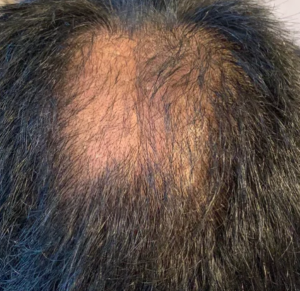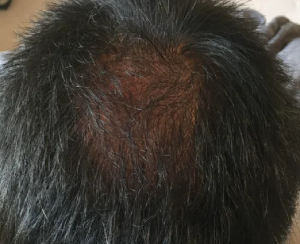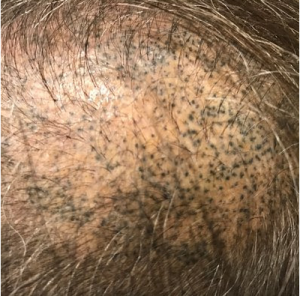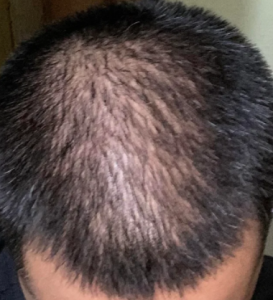February 2, 2022
Relative Efficacy of Minoxidil and the 5-? Reductase Inhibitors in Androgenetic Alopecia Treatment of Male PatientsA Network Meta-analysis
JAMA Dermatol. Published online February 2, 2022. doi:10.1001/jamadermatol.2021.5743
Key PointsQuestion For male androgenetic alopecia, what is the relative efficacy of monotherapy with orally and topically administered minoxidil, dutasteride, and finasteride?
Findings In this network meta-analysis of 23 trials, the rank of efficacy across treatments and the relative efficacy for every possible pairwise comparison of treatments were determined for 4 end points (ie, change in total and terminal hair count after 24 and 48 weeks). The results of this meta-analysis indicate that 0.5 mg/d of oral dutasteride has the highest probability of being the most efficacious treatment, followed by these agents in decreasing order of efficacy: 5 mg/d of oral finasteride, 5 mg/d of oral minoxidil, 1 mg/d of oral finasteride, 5% topical minoxidil, 2% topical minoxidil, and 0.25 mg/d of oral minoxidil.
Meaning The findings of this meta-analysis contribute to the comparative effectiveness literature for AGA therapies with regard to the compared interventions.
Dr. Rassman’s Concern: Dutasteride has a half life of 5-6 weeks so daily dosing at 0.5mgs make little sense to me. Blood levels and other organ impact at this dose building up over time, have not been analyzed or published.
Dermatology News Wrote: Here are comments and an analysis of this article which our readers may find significant: https://www.mdedge.com/dermatology/article/251693/hair-nails/male-alopecia-agents-ranked-efficacy-meta-analysis

